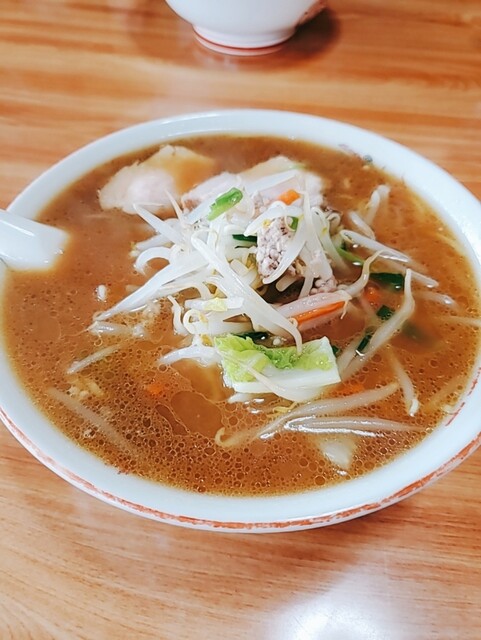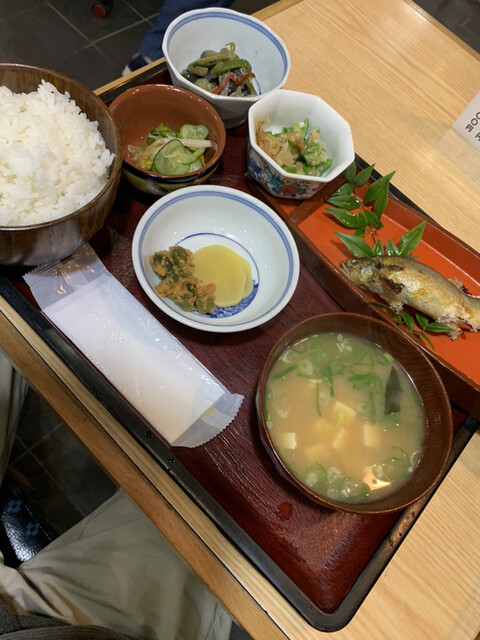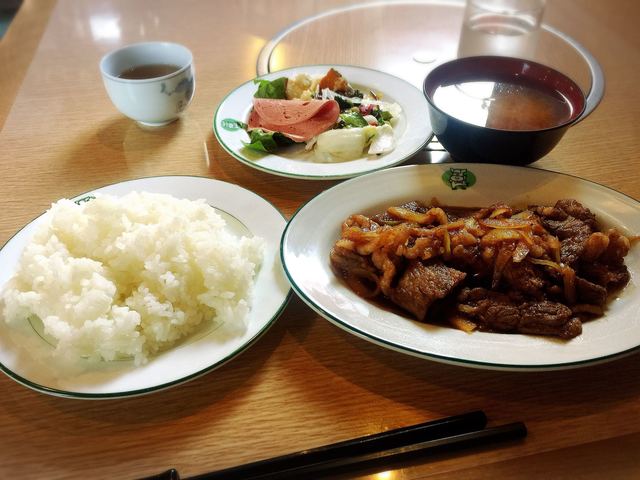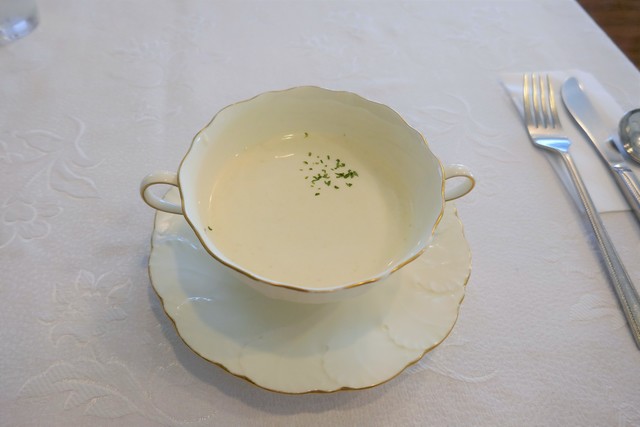
The Main Hall of Daibunenkyozan Entsuji Temple is a magnificent building with a thatched roof that is said to be the largest in Japan. The hall has an impressive scale, with a width of about 30 meters and a depth of about 21 meters, and exudes a commanding presence. The thatched roof is grand and enhances the traditional Japanese temple's dignity. The interior of the hall is also vast, with the characteristics of a modern Buddhist temple beautifully expressed. The unique atmosphere, beautiful carvings, and decorations harmonize to create a serene ambiance. In addition, there is also a large thatched building, the Kuri, which is almost as large as the Main Hall, with a width of about 33 meters and a depth of about 17 meters. These buildings symbolize the importance of Daibunenkyozan Entsuji Temple's history and status. Visitors will be charmed by the grand scale and traditional architectural style, and will be able to feel the solemnity and beauty of a Zen temple.
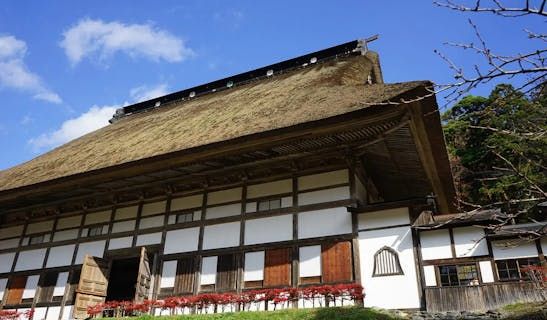












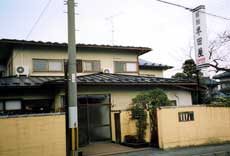










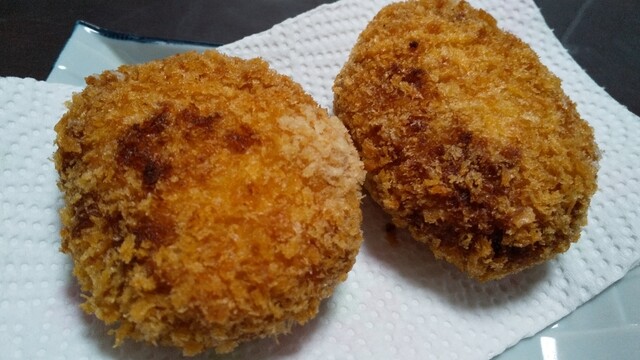
 ~¥999
~¥999
 -
-
